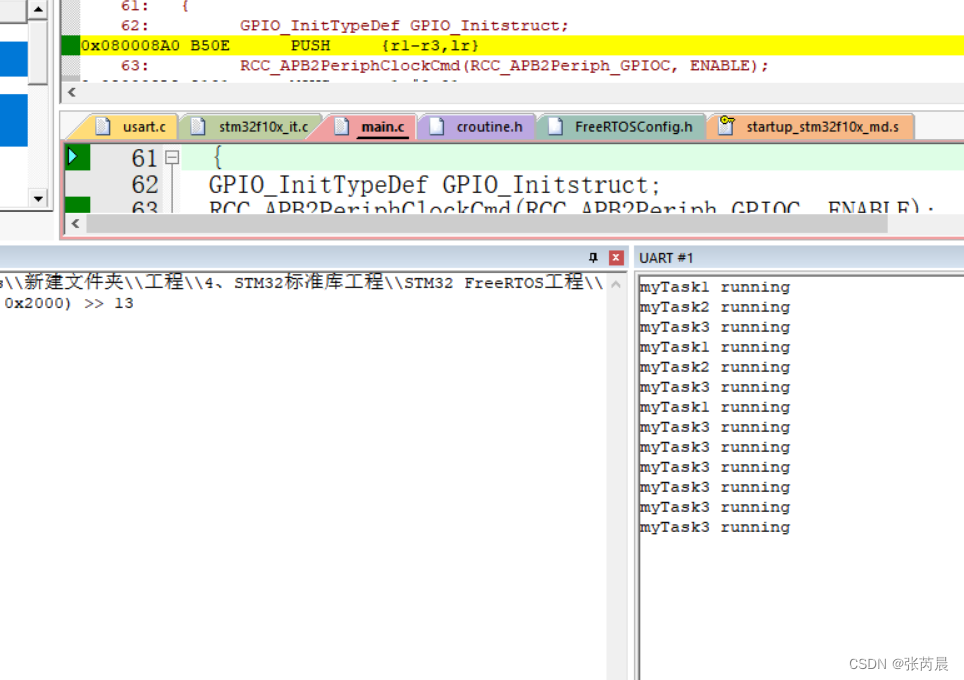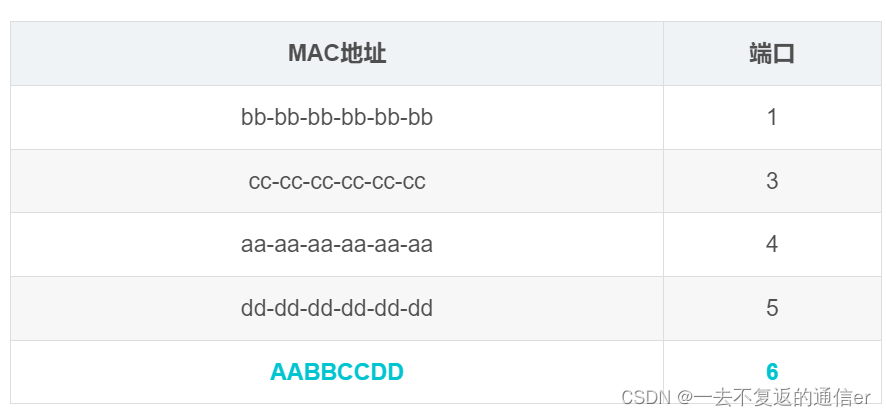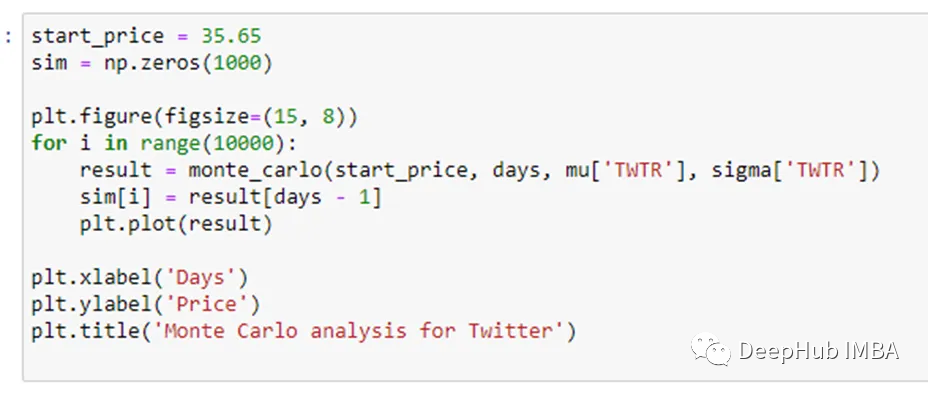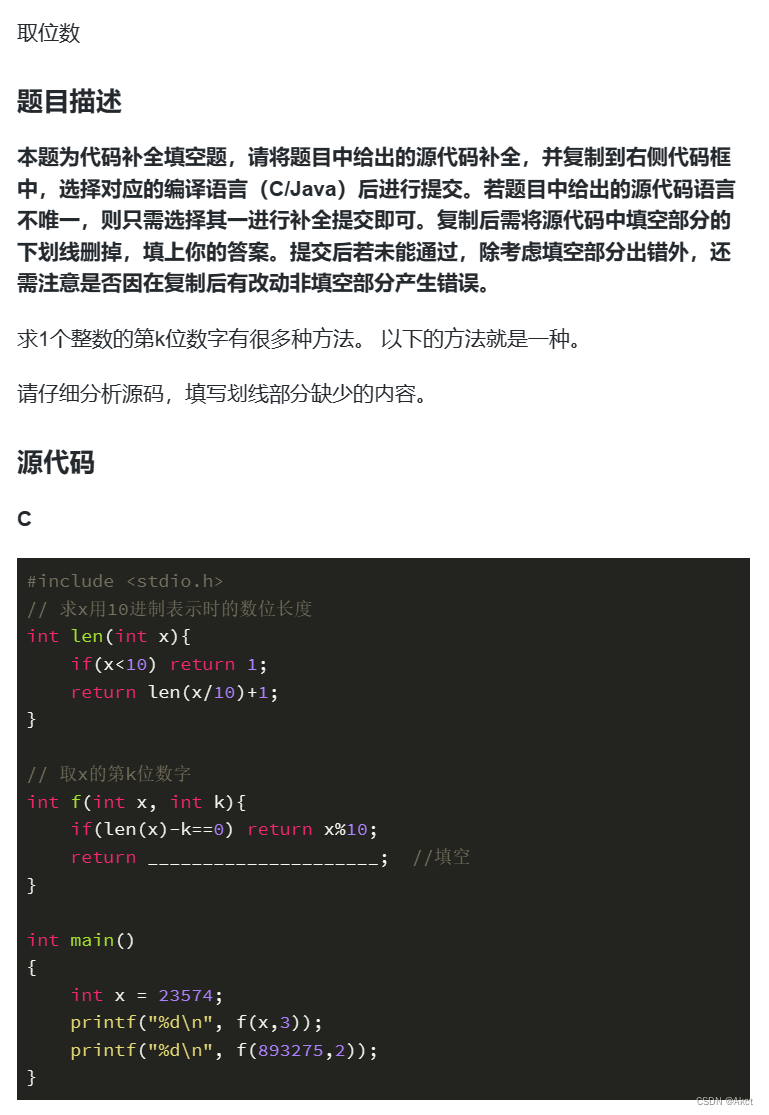建稠密图可以用邻接矩阵,但稀疏图再用邻接矩阵就很浪费空间了,有可能会爆空间复杂度。
可以用邻接表来实现邻接表建图,两种方法:1.链表 2.链式前向行
只讲第二种,比较常用简洁
链式前向星模板
#define IOS ios::sync_with_stdio(false);cin.tie(0);cout.tie(0)
#define inf 0x3f3f3f3f
//2147483647#define int long long
//#include <bits/stdc++.h>
typedef long long ll;
#include<iostream>
using namespace std;const int N = 1e6 + 10;
//long long MAX(long long a, long long b) { return a < b ? b : a; }struct Edge {//当前边u->vint to, w, next;//to:边的终点//w:边的权重//next:以当前边的起点(u)的上一条存的边的编号//例如:上一条边4->6(编号是5),当前边是4->8,那么next就存的是5}edge[N];
int head[N];
//head[i]存的是以i为起点,最后所读的边的编号
//例如:i = 3,依次存有 3->4(编号为4),3->8(编号为5),3->10(编号为9)
//那么head[i] = 9。至于该怎么访问前两条边,就要利用edge[9].next来依次向前访问int cnt = 0;//记录当前插入了多少条边
void add(int u, int v, int w) {cnt++;edge[cnt].to = v;edge[cnt].w = w;edge[cnt].next = head[u];head[u] = cnt;
}void visit(int u) {//遍历以u为起点,能到达的邻接边for (int i = head[u]; i != 0; i = edge[i].next) {//i代表访问的编号cout << u << " -> " << edge[i].to << " = " << edge[i].w << endl;}
}signed main() {int n, m; cin >> n >> m;while (m--) {int a, b, c; cin >> a >> b >> c;add(a, b, c);add(b, a, c);}visit(1);return 0;
}5 7
1 2 6
1 4 8
1 5 9
1 3 7
2 4 4
3 5 5
4 5 2
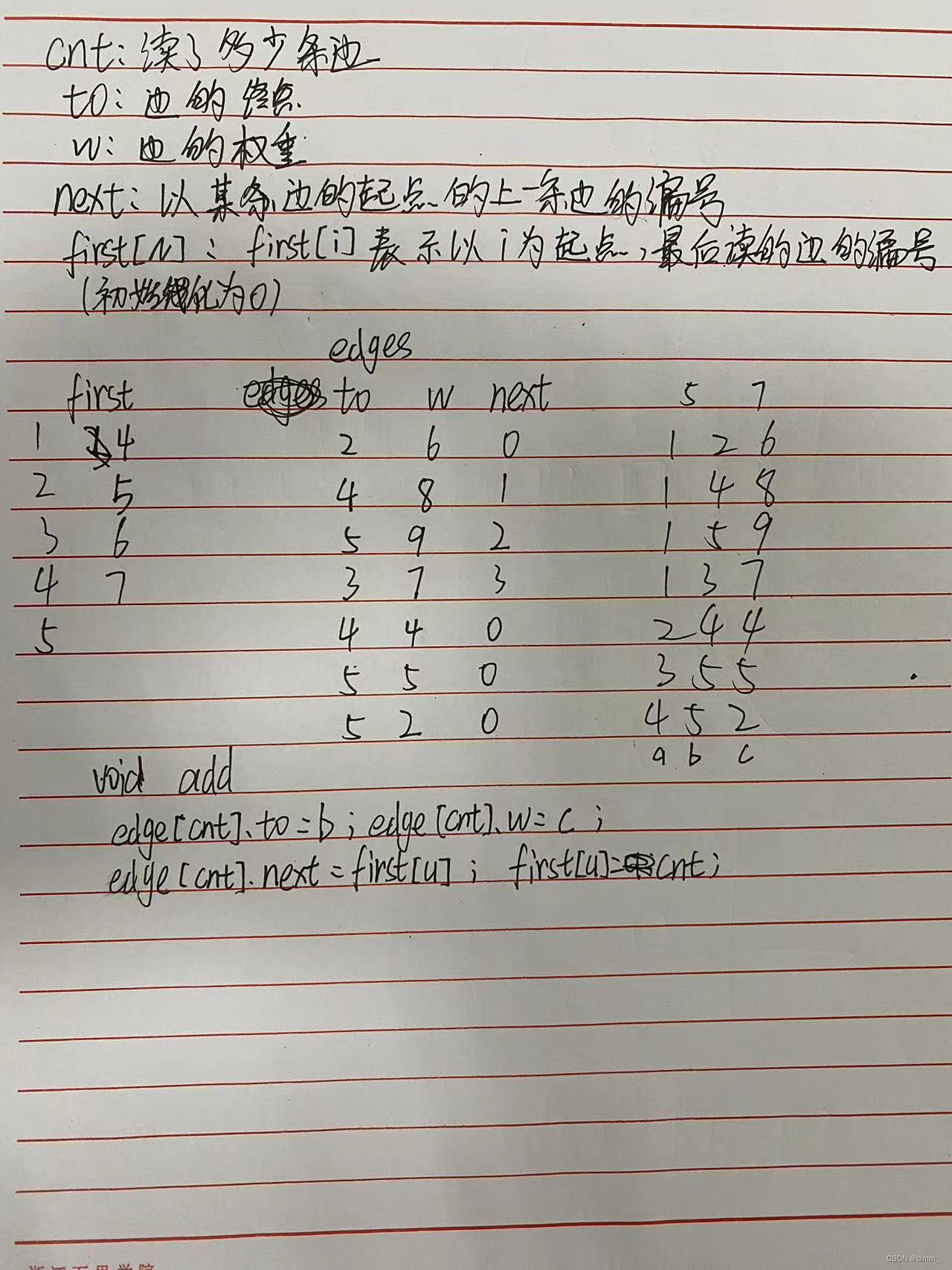
用visit测试样例得出的结果
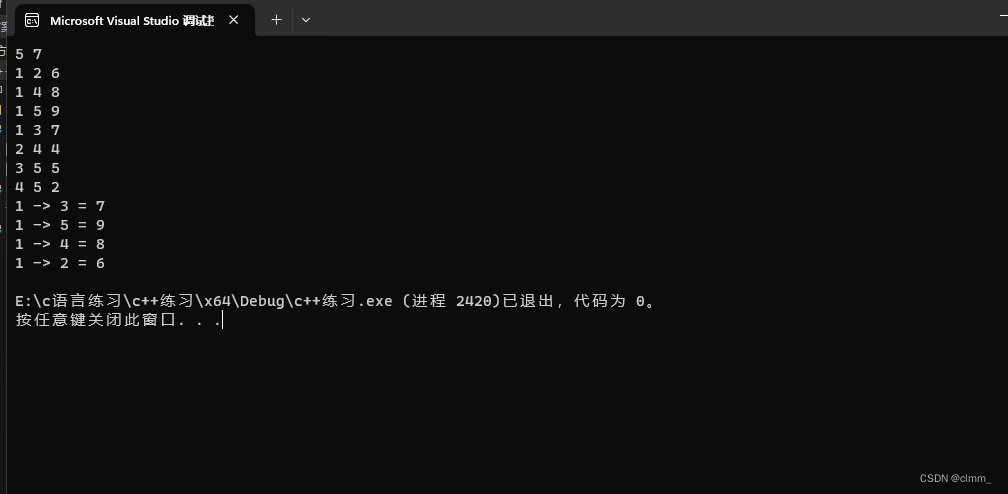
读边的过程用红笔画出来了




